Hibernian were the first.
They most certainly won’t be the last.
When Bournemouth co-owner Bill Foley was given the green light by the Scottish FA to purchase a minority shareholding in the Easter Road outfit, it was a game changer. A precedent set.
Dundee already have a “strategic alliance” with Burnley and Turf Moor chief Alan Pace has refused to rule out buying a stake in the club in the future.
And on Tuesday morning, it was reported that both Brighton and Brentford are exploring whether to pursue a partnership with Dundee United.
Courier Sport analyses why United – even as they scramble to escape the Championship – will inevitably be on the radar of operations south of the border.
European potential and provable turnover
There are few clubs with such a definitive place in the Scottish football landscape.
Celtic and Rangers will bicker over who the top dogs are.
Hearts, Aberdeen and Hibs follow.
United, however, are the sixth-largest club in Scottish football – in terms of scale, rather than results – by tangible metrics like attendances, stadium size and turnover.
It is what makes their current place in the second tier so galling for all Arabs. There is simply no excuse for it.
However, the potential is clear.
Since Scottish football’s rebrand to the SPFL, United have qualified for Europe on five occasions – most recently achieved by Tam Courts in 2021/22.
Given United should go into every season (when they are actually part of the top-flight, that is) as favourite for sixth place, purely on a financial basis, continental qualification should not be a fanciful goal.
Compared to the hundreds of millions required to achieve that in England, one can imagine it would appeal to clubs in England seeking a partner with potential for growth.
Understandably lost amid a woeful set of accounts for the year ending 2023, United’s turnover was an impressive £8.1m. In the previous year, it was £8.3m.
That compares favourably with the latest turnover figures of sides like St Johnstone (£5.1m), Motherwell (£6.43m), St Mirren (£5.7m) and Kilmarnock (£6.4m).
A solid foundation, providing the errant decision-making of yesteryear is not repeated. However, it’s all rather moot – untapped potential – unless United get out of the Championship.
Academy infrastructure
Due to the implications of Brexit, it has never been more challenging for English clubs to snap up young talents from abroad.
As such, the Scottish market is an increasingly attractive one. United have already reaped the rewards, selling Kerr Smith to Aston Villa in January 2022.
Rory MacLeod and Lewis O’Donnell have also been the subject of reported interest from south of the border.
Courier Sport understands that around £5m of Mark Ogren’s overall investment in the football club has been directed towards the academy, which has gained and maintained its Scottish FA Elite status.
Allied with the renovation of Foundation Park – financially supported by the Dundee United Supporters Foundation – and partnership with the Scottish FA performance school at Baldragon, the youth infrastructure is a selling point.
A perfect proving ground
Even without a shareholding, Burnley have already loaned Dara Costelloe, Owen Dodgson, Michael Mellon and Marcel Lewis to United’s city rivals Dundee.
Hibernian have two players who were on the books of Bournemouth at the start of the season (it would have been three, but for an injury to Owen Bevan).
A flow of talent from south to north is an inevitability in these arrangements.
And Tannadice would be a testing, formative proving ground for young talent.
If an English club is keen to shape and develop one of their top prospects – the way Brighton utilised Union St Gilloise to give Kaoru Mitoma and Simon Adingra regular action – then United has its benefits.
Playing in front of sizable, demanding crowds, the physicality of Scottish football, and regular encounters against European regulars like Celtic and Rangers will all be seen as positives, should they win promotion.
Providing the incoming talent is of the requisite standard – and that truly is the key factor – then it would be an arrangement that could suit all parties.
An owner willing to listen
When Ogren told Courier Sport in August 2023 that he had “more years behind him than ahead” as United owner, it was not quite a come-and-get-me plea.
Nevertheless, it was an illustrative comment; one that spoke to a willingness to consider his future.
After all, five years, eight figures spent and a footballing roller-coaster spanning promotion to Europe to relegation is one hell of run. It is only natural that he might begin to consider an eventual exit strategy.
If there is no party willing to meet Ogren’s price to buy the club outright, then inviting a minority shareholding could be a way for the American businessman to recoup some of his investment.
And with the additional capital and expertise that would come from such an arrangement, a stronger United would increase the likelihood of him overseeing a profitable football club; the rising tide raises all ships.
The elephant in the room
Plenty of selling points.
Make no mistake, United are a potentially attractive proposition.
If they are in the top division.
And that remains an if, for the moment. United’s league status is a major stumbling block.
Many other sides in Scotland would welcome such investment. Several are in the Premiership and have far less recent history of being relegated than United do.
As Courier Sport revealed on Tuesday, Brighton are likely to pursue a link-up with a club elsewhere in Scotland.
So, for any interested suitor to pursue a deal, in is imperative that the Tangerines secure their seat at the top table – and all the financial and footballing benefits therein.
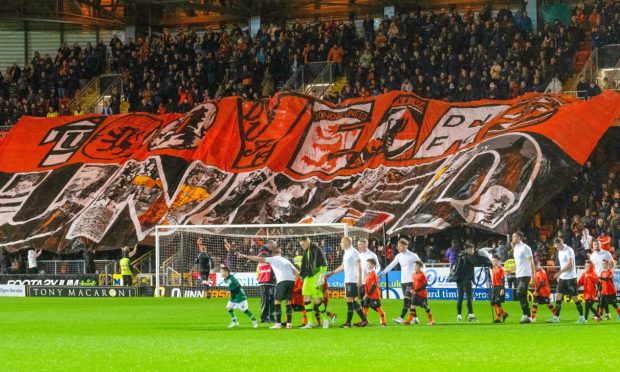
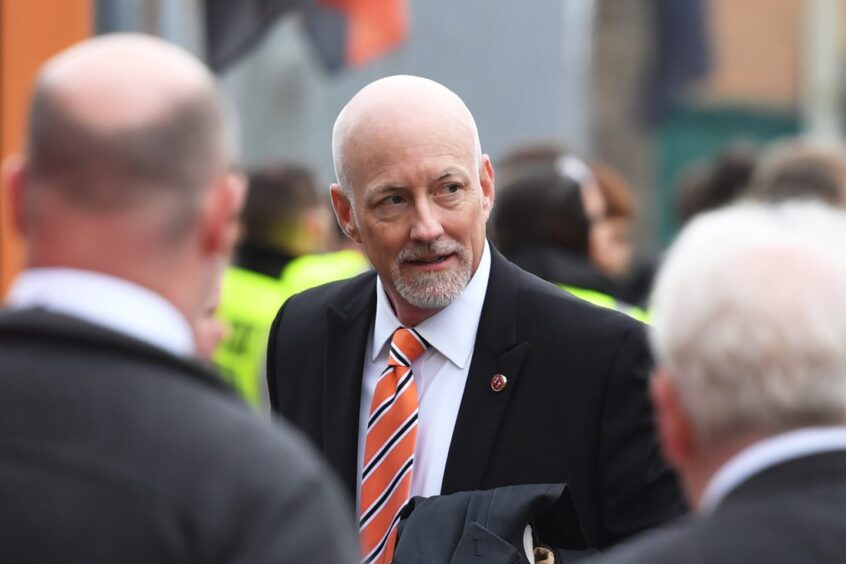
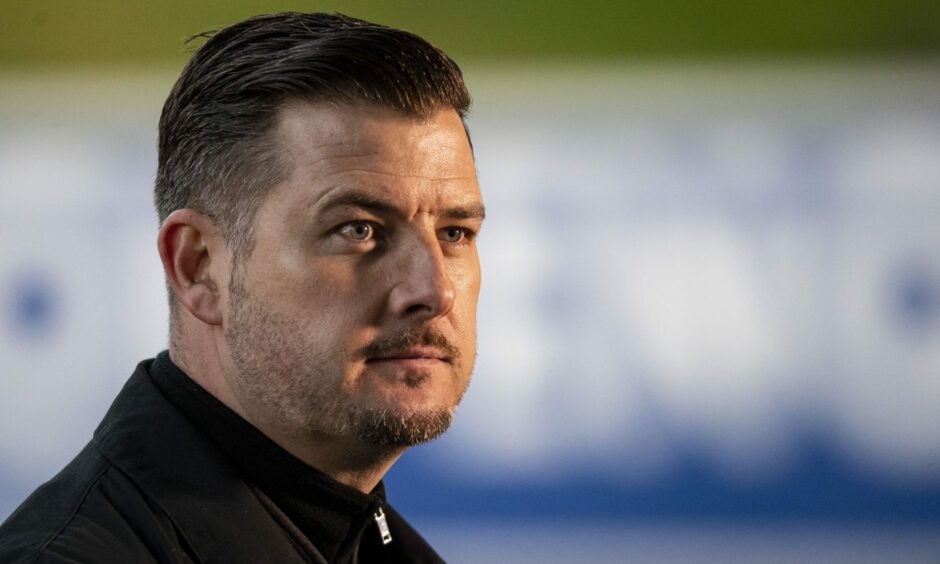
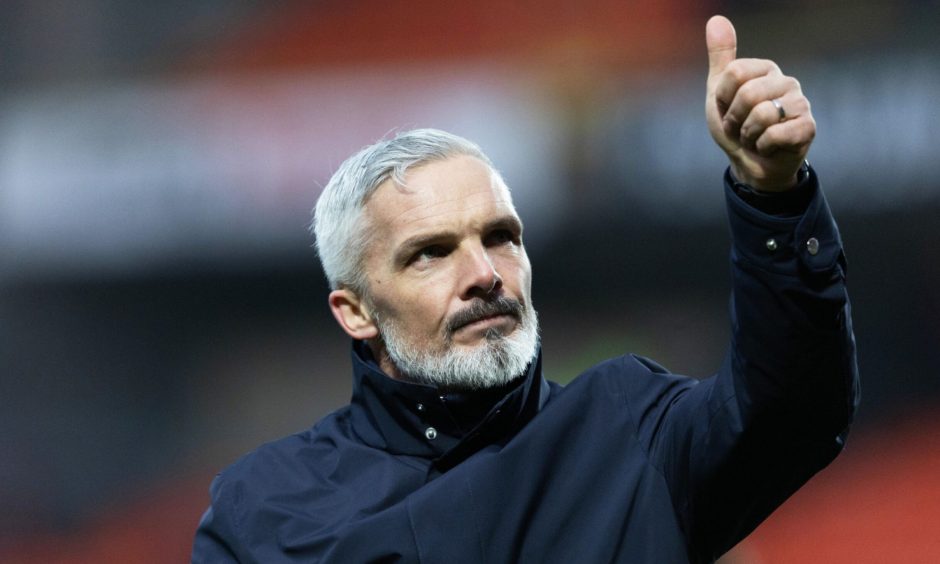
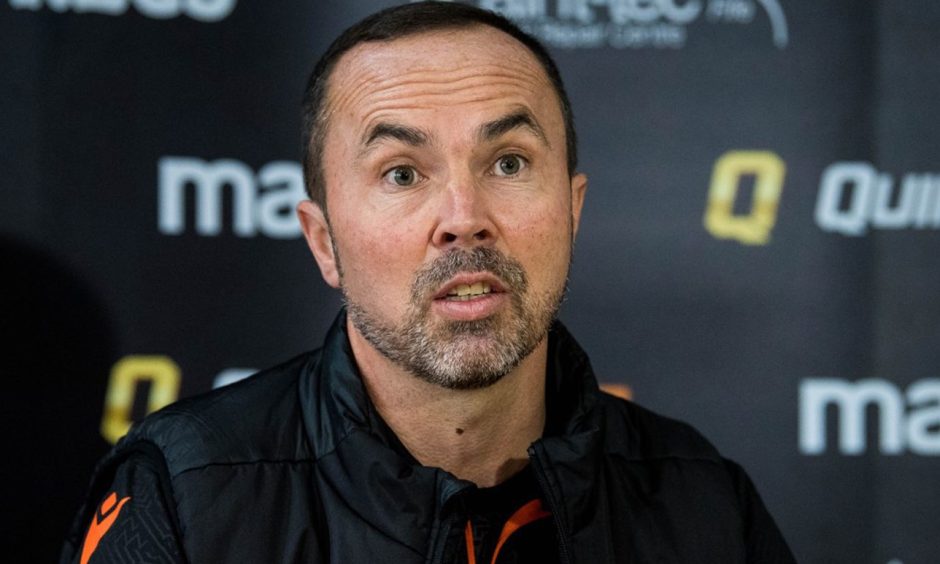
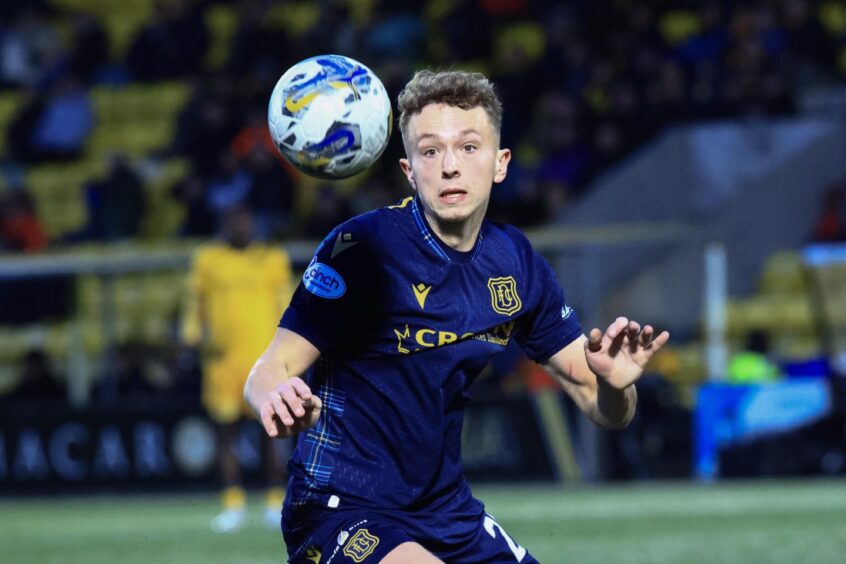
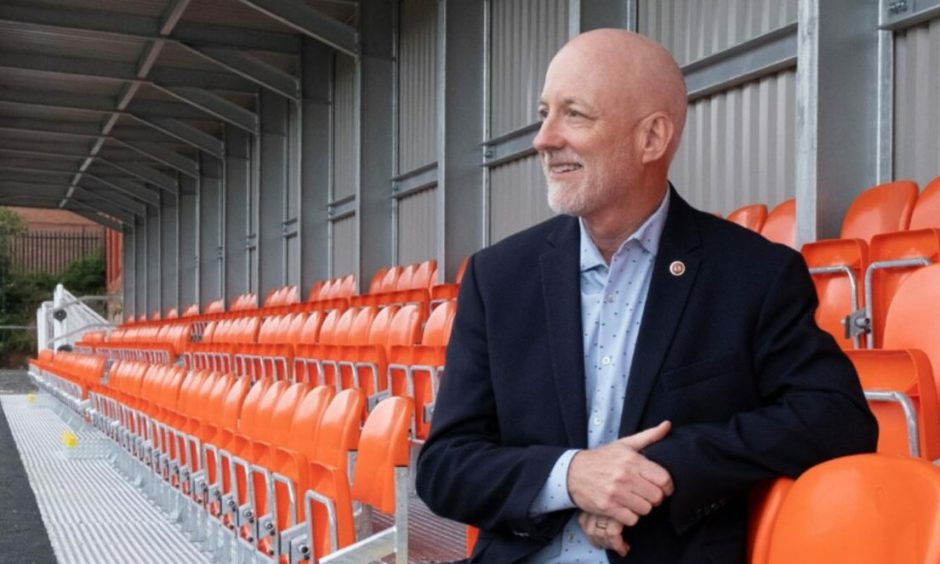
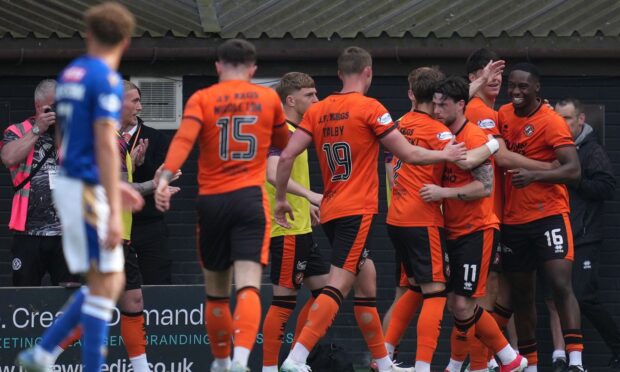
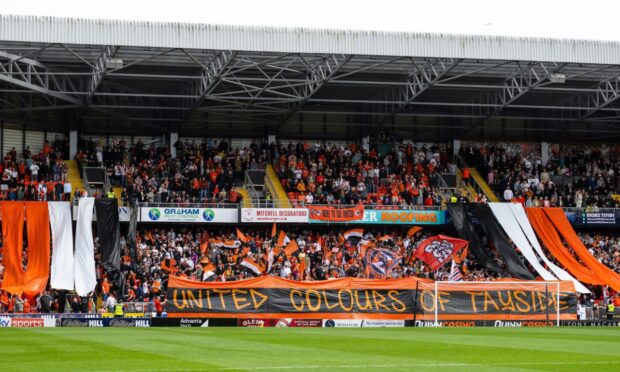
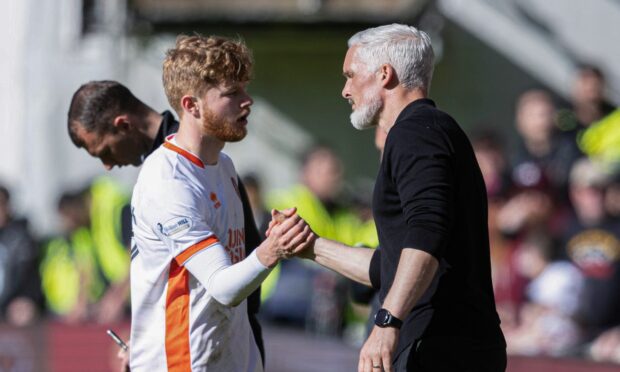
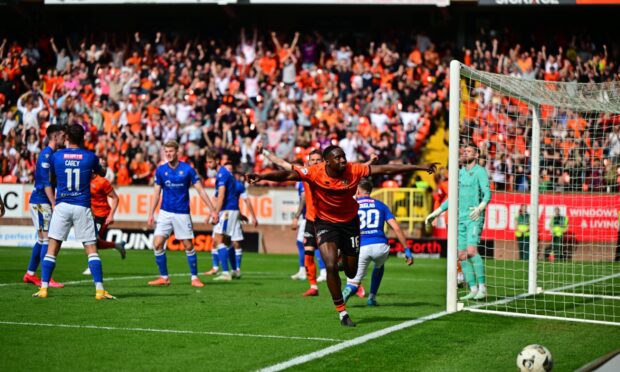
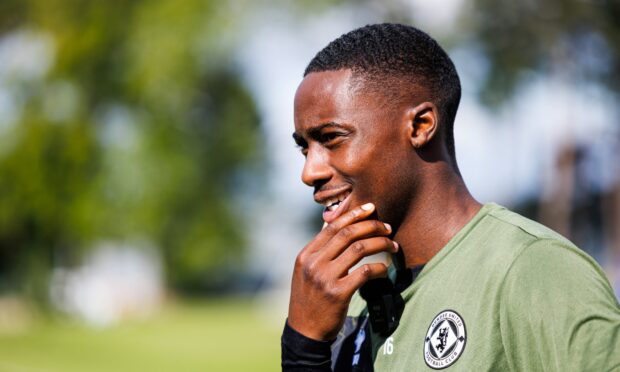
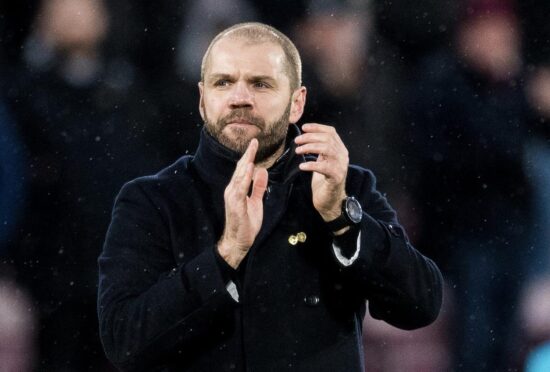
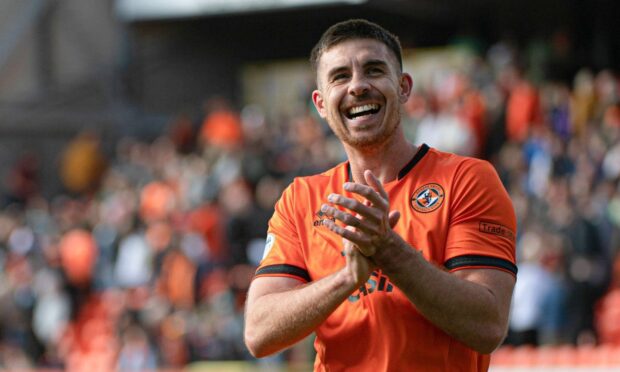
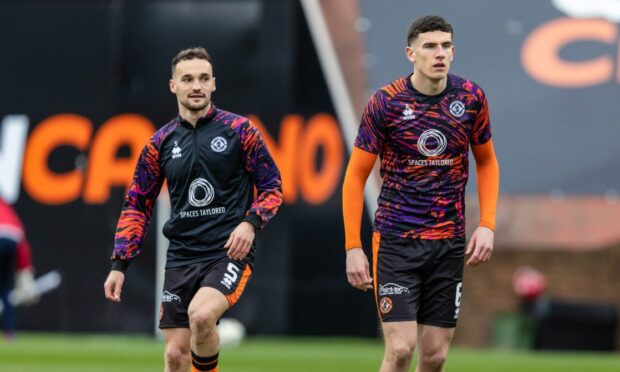
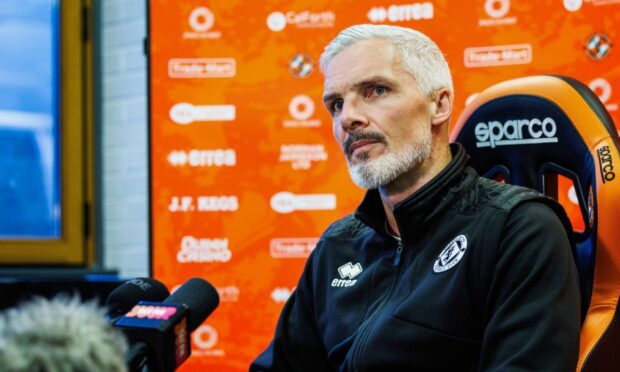
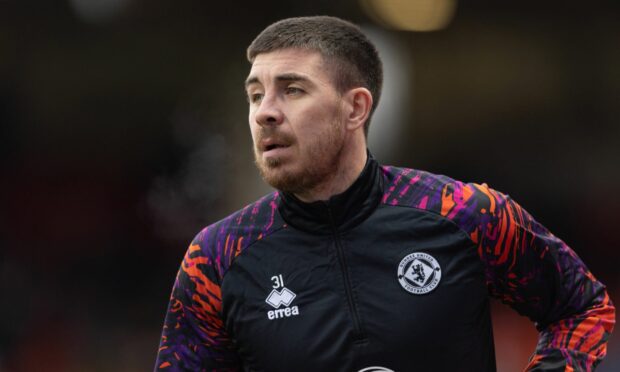
Conversation